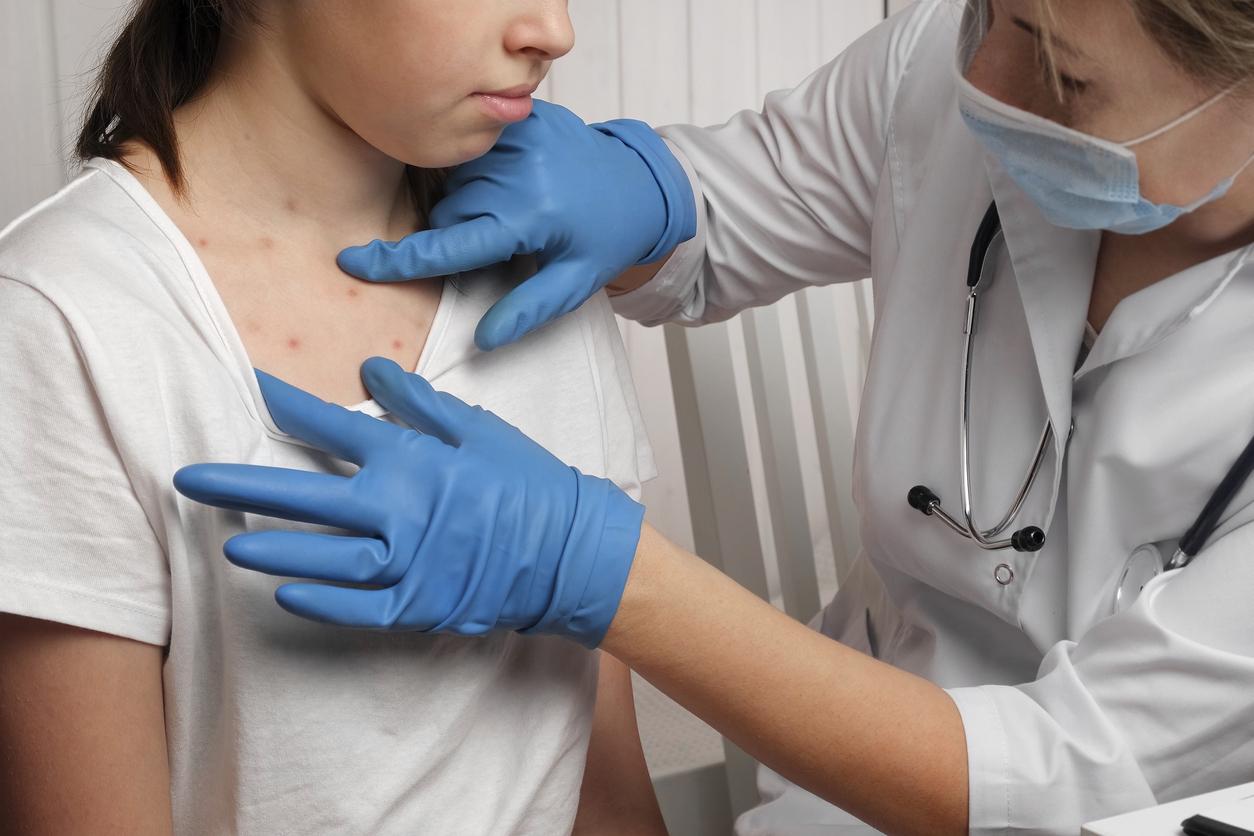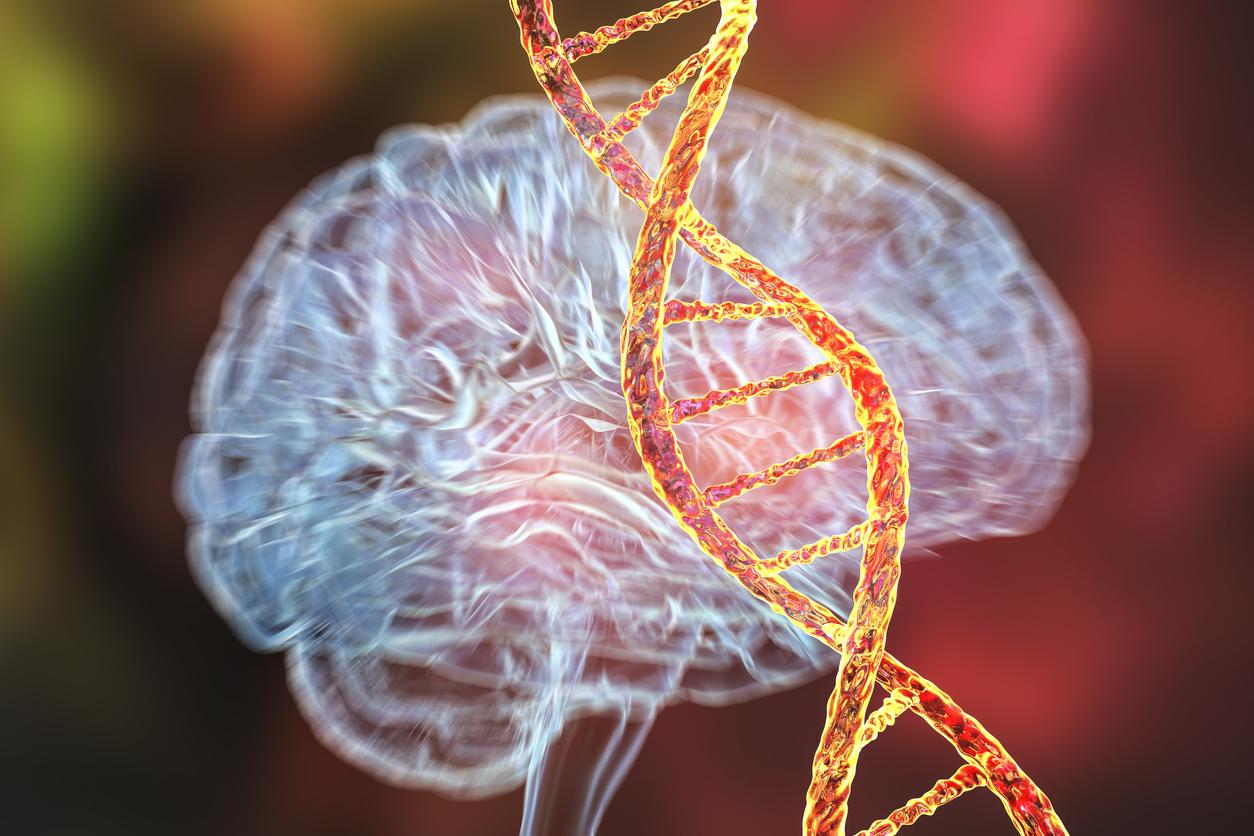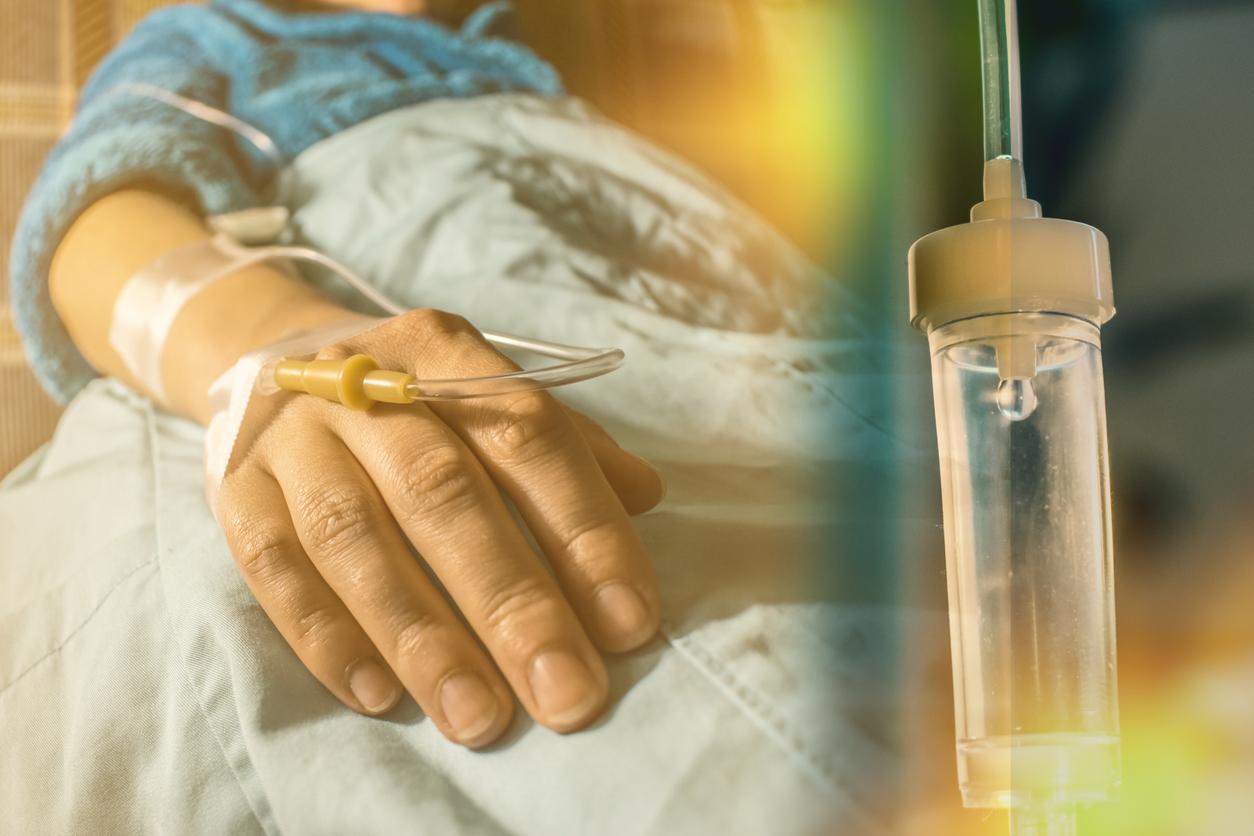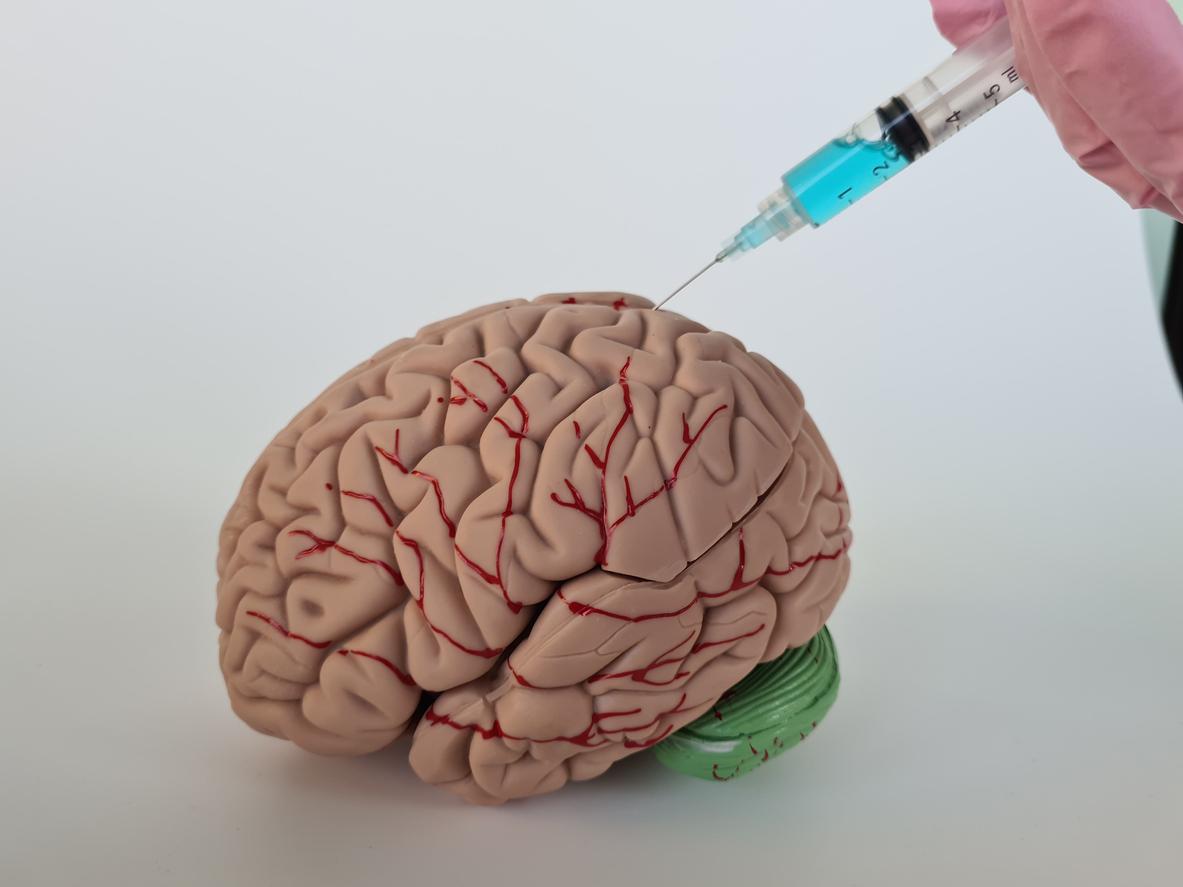A new therapeutic combination is becoming the reference treatment for certain acute myeloid leukaemias, a rare and difficult to treat blood cancer.

- Leukemias, all forms combined, affect around 9,000 people each year (3,250 acute leukemias and 5,200 chronic leukemias in 2012).
- They mainly affect children or the elderly.
The survival of patients with acute myeloid leukemia with an IDH-1 gene mutation not eligible for intensive chemotherapy has so far remained very short. But the new AGILE international phase III study published in the New England Journal of Medicine shows that combining chemotherapy, azacitidine, with a new targeted therapy, ivosidenib, triples patient survival. “This promising combination sets the new standard of treatment for these patients” commented the Gustave Roussy Institute in a press release.
A rare and complex blood cancer to treat
Acute myeloid leukemia (AML), also called acute myeloblastic leukemia, is a rare blood cancer that is complex to treat. It is characterized by an uncontrolled multiplication of undifferentiated cells invading the bone marrow and causing a drop in the production of red blood cells, white blood cells and platelets. Diagnosed after a myelogram and a blood test, AML mainly affects older adults (68 years old on average at diagnosis). Among the mutations found, those of the IDH-1 gene (isocitrate dehydrogenase-1) is present in 6 to 10% of cases.
However, half of the patients are either too old or have comorbidities (cardiac, renal, etc.) preventing them from receiving high doses of chemotherapy. In these cases, the reference treatment, based on azacitidine, does not give satisfactory results in terms of complete remission (10 to 15%) and overall survival (8 to 9 months).
A new clinical trial
In this new phase III double-blind, randomized and placebo-controlled clinical trial, 146 patients from around 20 countries, aged on average 75 years at the time of diagnosis of AML with IDH-1 mutation and ineligible for chemotherapy intensive, were included between 2018 and 2021.
All were randomly divided into two groups: the first receiving an ivosidenib tablet (500 mg once daily) and azacitidine by intravenous or subcutaneous injection; the second being administered, under the same conditions, a placebo and azacitidine. The patients were followed for an average of 12 months, the time for at least 6 treatment cycles. “The primary endpoint of the study was event-free survival, i.e. the absence of failure or relapse, disease progression, or death”say the scientists.
Massive effect
The results indicate that the risk of recurrence or death was reduced by 67% in the group that received the combination treatment. 38% of patients treated with azacitidine and ivosidenib were in complete remission after 24 weeks of treatment, compared to 11% for those in the control group. The median overall survival was tripled, going from 8 months without ivosidenib to 24 months with the combination of the two therapies. Furthermore, the quality of life of patients who received the combination was improved and the incidence of infections was lower (28% versus 49% for the control group).
For Professor Christian Recher and Dr Stéphane de Botton, the methodology of their trial is robust and its effect massive. “Not only do the patients who have had the combination respond much more and for longer, which translates into more complete remission and better event-free survival, but they also have fewer infections, the treatments being better tolerated. At the end of the account, overall survival is markedly improved, which is unprecedented in this very difficult-to-treat population.”
















